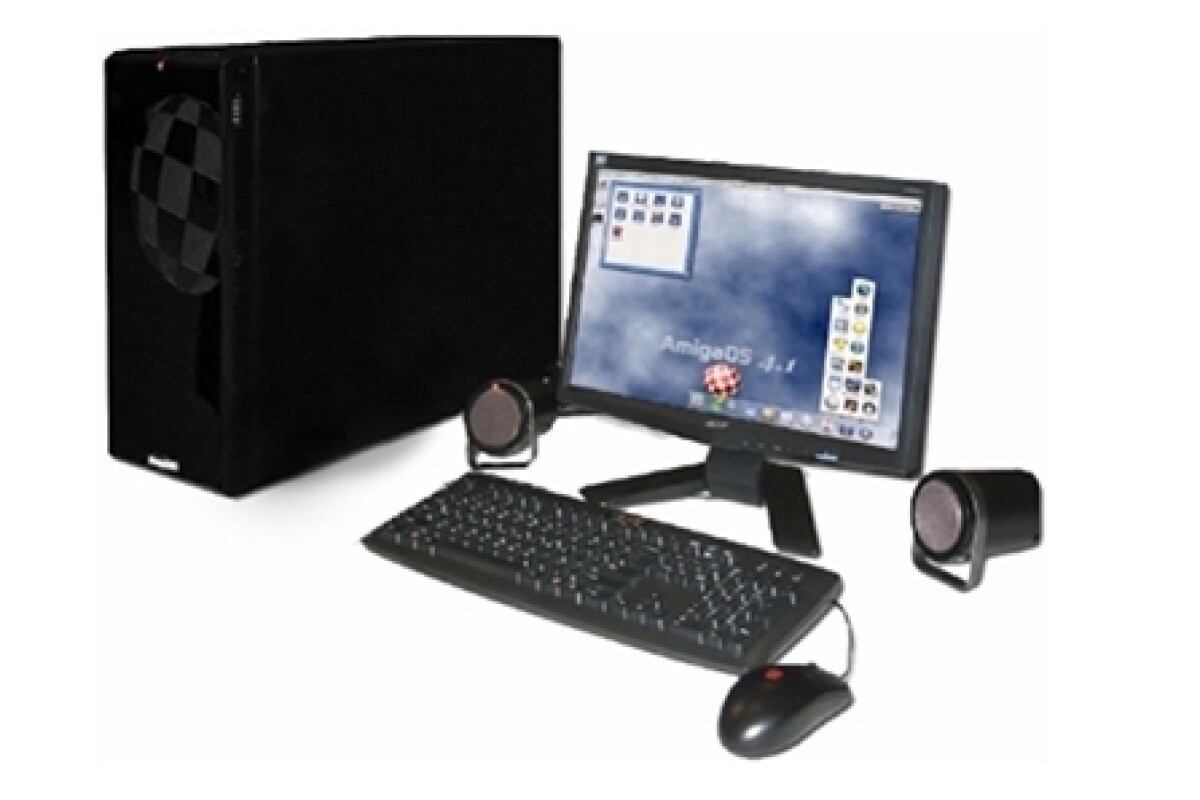The 30th anniversary of the Commodore 64 and death of its creator Jack Tramiel earlier this year is a reminder of a bygone age of computing. In the consumer climate of 2012,where computer architecture is dominated by Intel chips, it is hard to imagine another time when a battle for personal computing supremacy occurred between truly different systems. The struggles between Commodore, Atari and Apple throughout the 1980s and early 1990s (of which Jack was an integral part) are well documented. Personalities like Tramiel - who acquired Atari in 1984 after being removed from its main competitor, Commodore, which he had founded thirty years earlier - were often at the center of what became a consumer technologies war. Indeed the rise and fall of the Amiga and Atari ST, in retrospect, was greatly affected by boardroom politics and corporate mud slinging.
Flash forward to 2012 where Intel is king maker - influencing the direction of both AppleMacintosh and PC markets. Motorola and PowerPC chip driven computers like the Amiga have widely been confined to the annals of computer history along with their perceived end note: Apple’s move to Intel chips in 2006. What happens, however, when large scale manufacture of such systems is replaced by the desires of enthusiasts to keep a dream and operating system alive? The answer is AmigaOS 4 and AmigaOne X1000.
Announcements for the AmigaOne X1000 came in the form of a teaser trailer in 2010. Originally marketed to coincide with the 25th anniversary of the Amiga 1000’s launch in 1985 the machine took an additional two years to reach consumers - mainly due to struggles between development partners. The brainchild of Amiga enthusiast, entrepreneur and Director of A-EON Technologies Trevor Dickinson the X1000 is designed as a dedicated hardware solution for AmigaOS 4. As of December 2011 AmigaOS was at version 4.1 with demonstrations already posted on Youtube.

Limited in terms of production number and costly in comparison to its specifications (circa US$3,200), the system is catering for die hard Amiga fans at this time. The continued survival of the Amiga, for the most part through its operating system since 1994, has given rise to an organic business model born from an assemblage of dedicated users. Indeed it is a scenario somewhat chicken and egg like in nature. If an otherwise defunct operating system like AmigaOS is kept active by users long enough will there come a time when the technological climate is such that this community can revive the parts that are missing? If the AmigaOne X1000 and other hardware developments on the way are a sign of things to come then the answer is yes.
The history of Amiga is one defined by struggle, survival and adaptation. Between 1982 and 1984 development of the original 1000 included many meetings between Amiga Incorporated, Apple, Atari and Commodore in an attempt to secure much needed funds. Eventually acquired by Commodore in 1984 the system was not only improved but incorporated in a way that retained the distinctive nature of its brand alongside that of its parent company. It was this strength, as well as flexibility, of the Amiga brand that ultimately ensured its survival when Commodore finally closed its doors in 1994.
Unforeseeably the brand was still strong enough, at least in 2012, to reposition itself incontemporary PC and Notebook markets like a phoenix from the ashes. This includes separate contributions from Commodore USA LLC. A Florida based company that acquired the rights to use the Commodore and Amiga brands for Intel based system architectures. If the Amiga is a sign of the times it would appear user groups can effectively develop abandoned brands that could even rival their commercial counterparts - potentially forcing the latter into specialist markets. Imagine a world where the third - voluntary and community - sector can make an impact on general consumer markets.
AmigaOne X1000 specs:
- PA Semi Dual-core PA6T-1682M, nominal 2.0GHz (1.8GHz standard) PowerISA™ v2.04+ CPU
- "Xena" 500MHz XMOS XS1-L2 124
- ATI Radeon R700 graphics card
- 2GB RAM
- 500GB Hard drive
- 22x DVD combo drive
- customized case, keyboard and mouse
- 7.1 channel HD audio
- Ports and connectors:
- 4x DDR2 RAM slots
- 10x USB 2.0
- 1x Gigabit Ethernet
- 2x PCIe x16 slots (1x16 or 2x8)
- 2x PCIe x1 slots
- 1x Xorro slot
- 2x PCI legacy slots
- 2x RS232
- 4x SATA 2 connectors
- 1x IDE connector
- JTAG connector
- 1x Compact Flash






